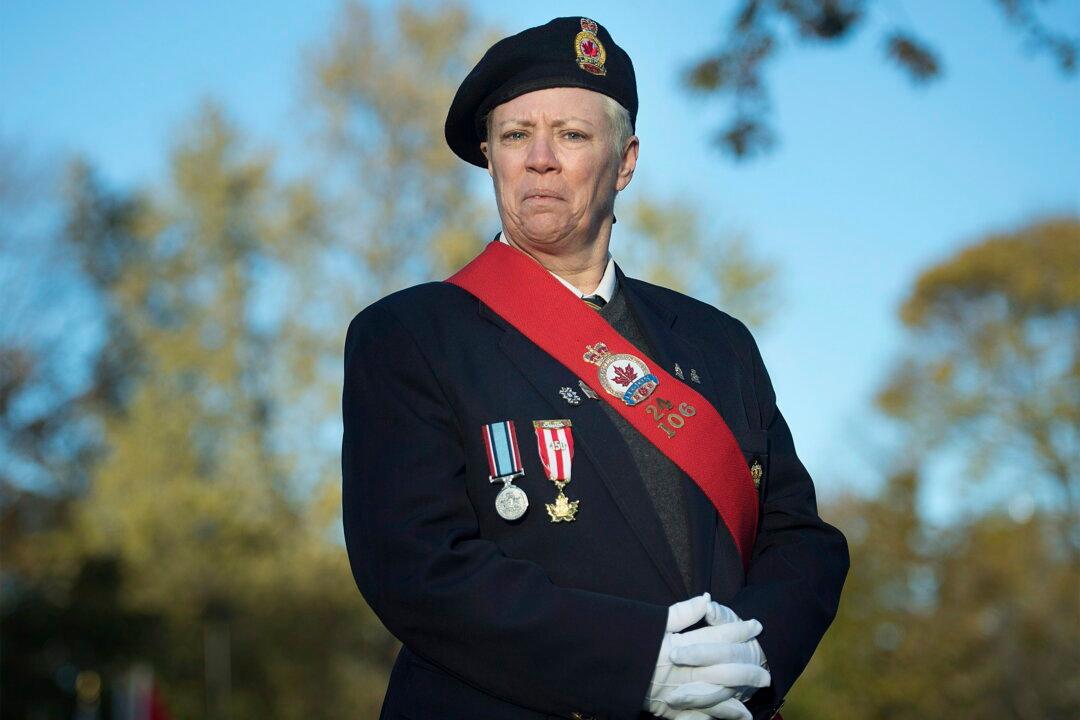MONTREAL—In April 1917, a Canadian soldier standing on a war-ravaged battlefield in France pocketed a souvenir to send home: a handful of acorns from a downed oak tree at Vimy Ridge.
Now, a century after the First World War ended, oaks descended from those acorns have begun growing at parks and cenotaphs across Canada. And the Vimy oaks have made the journey back to France, where they will grow in a new centennial park beside the Canadian National Vimy Memorial.





